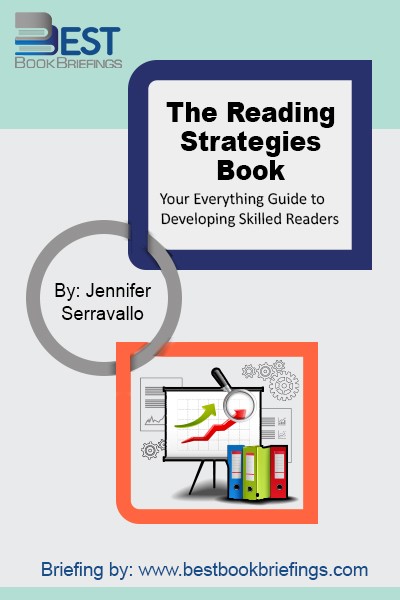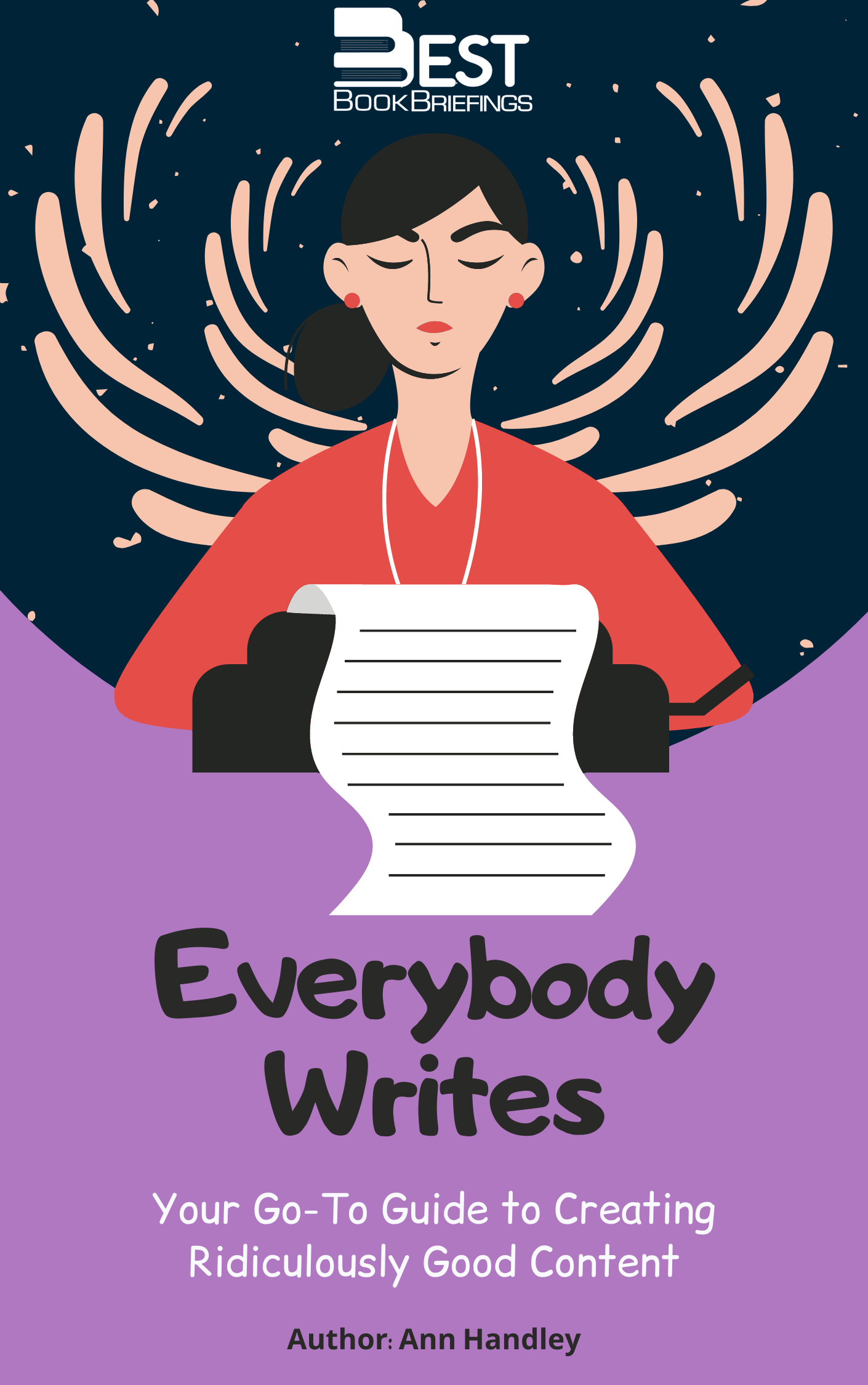Reader, Come Home
The Reading Brain in a Digital World
Editorial Review
Learning how to read was a profound cultural and cognitive shift in the history of human beings. Reading has the capacity of changing the course of one’s life. Most of us know how to read, and thanks to recent research and books, like Maryanne Wolf’s Proust and the Squid, how the brain learns to read and how reading changes the way we think and feel was finally revealed. And that allowed all reading brains to move from adoring the charm of written words to the appreciation of the underlying science, and thus discover reading in an unprecedented way. We began to understand why it’s easier for some adults and children to read than others. We realized how getting immersed in pages and letters spark innovation and originality and broaden perception. But if merely knowing the mechanism of how the brain learns to read had such a profound effect on us, what would do the shift to the digital realm?
Book Reviews
Books on Related Topics

Children come into the world burning to learn and genetically programmed with extraordinary capacities for learning. Within their first four years or so they absorb an unfathomable amount of information and skills without any instruction. They learn to understand and speak the language of the culture into which they are born,

Engaged readers are often motivated to read, strategic in their approaches to comprehending what they read, knowledgeable in their construction of meaning from text, and socially interactive while reading. Sometimes to help readers with the goal of engagement, you actually need to work on comprehension.

Everybody Writes Your Go-To Guide to Creating Ridiculously Good Content Author: Ann Handley Content is everywhere, from TV, the internet, and billboards. However, writing high-quality content is a whole different story. This book summary of Everybody Writes will teach you how to craft content and integrate writing as a daily habit. Why can everybody



